In 3 years, the company founded by Camille and Marc Lopato is operating as VR spaces creators for festivals (Venice VR, IDFA Doclab…) or brands, and opened last year a distribution department. With a full range of services dedicated to the immersive world, we were curious to speak with both founders about their work and vision of the XR industry.
Diversion firt steps
Camille Lopato – I did a Master in Comparative Literature at La Sorbonne, then went to work for a film distribution company during 8 years. Wanting a change, I then partnered with Brice Rocton and Hadrien Lanvin in a company called PICKUP, and we opened the first VR cinema (pickupVRcinema) in Paris early 2016. After six months of work, we had each different desires within the VR industry and went separate ways. I focused on distribution and founded Diversion cinema in August. Marc joined me quite naturally a few months later. In 2019, we celebrated our 3 years anniversary at Venice VR!
Marc Lopato – I first worked as an engineer in Japan for 5 years for the food and cosmetic industry. Back to France I finished my studies with an MBA, to finally have a desire for change. By chance, I discovered the profession of tour guide and interpreter. Speaking several languages, mediating artworks and heritage, and meeting with the public were things that really interested me. These criteria helped me to joined Camille for the Diversion cinema adventure. And this is an interesting DNA, from engineer, to tour guide and virtual reality, this all makes sense to work on an artistic support, mediating it to an audience, and taking care of the business side of things.
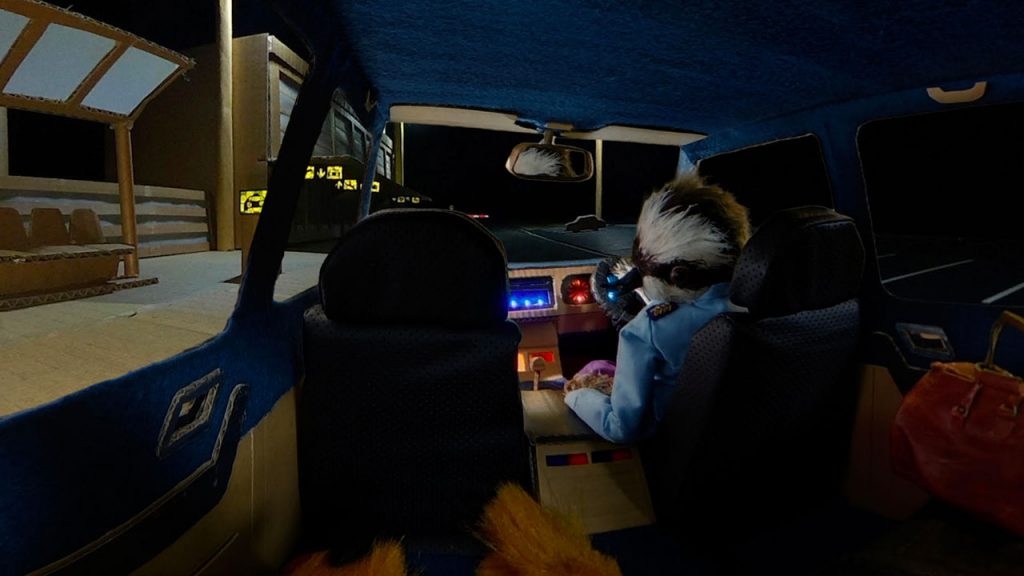
Learning from years in XR distribution
C. L. – The immersive industry evolves really fast. Our initial idea, our intuition around Diversion cinema is developing slower than expected but still, we are exactly where we thought we would be. Today we perform and support with world-renowned festivals (Venice VR, IDFA Doclab, Locarno…), with corporate clients who are equally prestigious, and we also opened a distribution department. This allows us to represent internationally the works we like, that we want to share. All these ideas were there from the start!
M. L. – We often present Diversion cinema as “bringing VR to the public eye”, and this remains the original goal. Above all, we want to create a link between creators and their audiences – during an event or elsewhere – by avoiding technology to get in between. And this, whether it’s festival broadcasting or distribution; we want contents to flow from one to the other and reach as many people as possible.
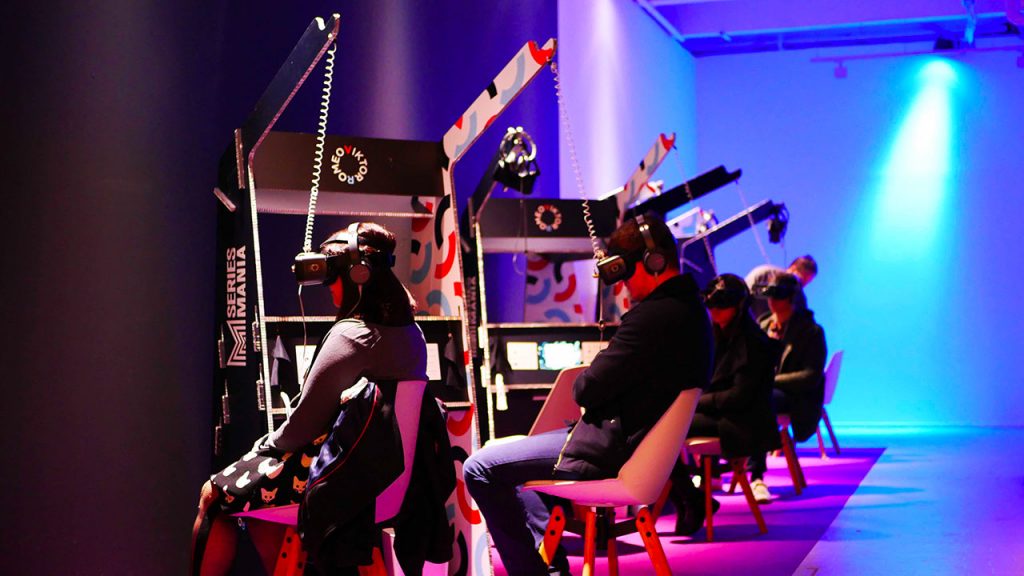
C. L. – We are constantly re-thinking our way of working around experiences. Virtual Reality (VR) today means so many different things: it has many shapes and storytellings, our relation with the audience evolves as well. You have to think about the machine you use, and your presentation – before and after the experience – is each time specific to the project and the place. And that’s true for each and every audience. We always adapt! 2019 was great: machines got more powerful, more stable, experiences are of better quality: the context is right. But we keep focusing on the important questions. How to make virtual reality reach an audience, but also where to find a business model? At the end, it has to be commercially and financially viable. We are working a lot on the scenography around each experiment. We just finished Ayahuasca – THE SHAMANIC EXHIBITION (link) at IDFA Doclab, where Jan Kounen’s AYAHUASCA – KOSMIK JOURNEY was presented as a larger exhibition with a before, and an after. It offers a longer experience, a more identifiable promise of an event with a clear theme. And this allows us to find new places to showcase it: museum, art gallery, or any cultural space … We find new interlocutors outside the VR sphere, and we hope new audiences.

M. L. – We have been fighting since the beginning to put creativity before technology. We’ve been surfing a lot on the “Wow” effect of VR to attract people, but more and more it’s the content that counts. The polymorphic, evolving aspect of the XR is fascinating, and it will continue. It’s up to us to imagine how to present this, between technology, welcoming the public and the scenography. At Diversion cinema we are constantly learning, to better present experiences.
C. L. – Our feeling today is that experiences need more extensive, more varied presentations. At the end of 2015, the fantasy idea of VR was to upload content to the home of millions of connected people . It’s not the case in 2019, and it won’t happen before a long time. At Diversion cinema we are crafting new models every week to find a way to present immersive projects, models in which we can welcome the audience and put it in front of the experiment. For us, it’s almost a physical challenge which changes in a different and original way each time.

M. L. – For 360 video, it’s a little different. These are specific creations, closer to what we think of cinema and an almost passive experience for the spectator. For us, it’s still Virtual Reality. During the last Venice VR festival, we chose to present them on more VR Ready PCs, to offer the best possible image (up to 8k) and maximum viewing comfort. The 360 has this possibility of being offered in many places, with a wider distribution (and domes are a potential opportunity). The definition of the image is much better today, and this counts a lot.
C. L. – We are working on dome presentations, including at the latest IDFA Doclab with -22.7°C from Molecule, Amaury La Burthe and Jan Kounen – alongside a dome version of AYAHUASCA presented by Atlas V. It was a new approach, and we’re learning from it, on both good and bad aspects. At IDFA Doclab it was a planetarium format, which was interesting to accommodate a lot more audiences. This is an obvious point, and a win. But we need experiences produced especially for it. Technically, these are challenges with many imperatives.
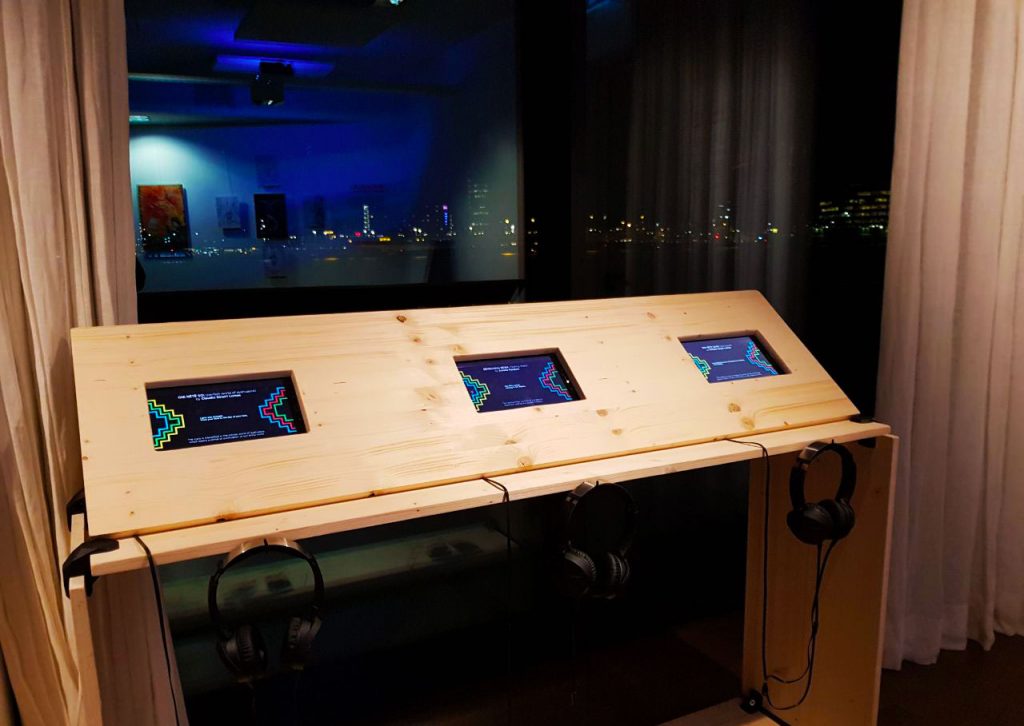
M. L. – There is also a problem of location, and people who know the format. In VR, creators and developers have headsets available to test their project in real time. In dome version, the creation process is more complex. They need to leave the studio to see how the result looks, the tools are not well adapted yet. We have not yet seen many narrative experiences in dome; maybe the context is not ready yet. Still, we’re looking for opportunities and continue investigating it.
The state of XR industry in 2019
C. L. – The VR industry today has a creativity, a vivacity, an adaptability that is exceptional. We are always surprised. The big change in 2019 is the desire for creators to include from the start of their project the idea of before and after experience. How can the real environment be part of the story unfold in the VR piece? How can we create a dialogue between the virtual space and the real space? The simple fact of putting on a mask, as for a carnival, is already interesting: we become someone else. The question is then: How can we protect the viewer and his privacy while making this moment a show for everyone.
M. L. – We are also very happy to see that creators come to us at a very early stage, from the writing of their project, having questions about the distribution & exhibition of their future works. We’ve always tried to create this discussion. If VR production is strongly supported, especially in France, VR exhibition and distribution are not. The fact of being able to accompany works and prepare them for the market is very important for us, as it ensures a better viability for the project . At Diversion cinema we know how much it costs to exhibit a project, and which are the technical alternatives, their pros and cons, and if chosen wisely this can only help reaching a wider audience. So again this is great news, we see more and more narrative pieces that are not limited to a few shows in a limited number of festivals. They are more mature, more viable economically and looking at a more global distribution.
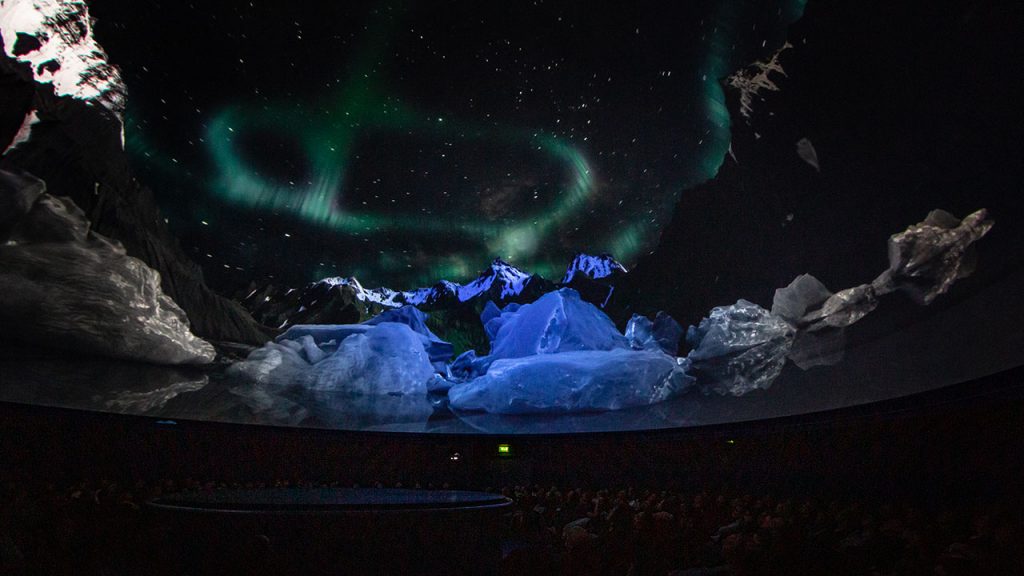
C. L. – More and more we have discussions very early with creators. From our expertise, our work with many market players, we are familiar with the needs and limits of the immersive industry. To read a project in development, it also allows us to reflect on our actions in diffusion.
C. L. – We also realize that the creators themselves see many more XR projects. Which was not the case last year. Today, there are “VR classics” that the whole industry knows and can refer to. It is very helpful to have this common ground!
M. L. – However, there is still a lot of pedagogy to be done outside the industry. Every year new festivals, new places are interested to showcase VR. There is still a lot of work to get them to understand fully the potential of immersive experiences.

How to select an immersive experience
C. L. – We have to love the project first. We will work with it for a year, or more. It is therefore important to share some passion about it! Then we have to identify a distribution model. Either because we have already worked on a similar model, or because we can imagine a new and a relevant one. And that’s all! Internally we exchange with the team about new acquisitions, especially with Paul (Bouchard – Head of Acquisitions – link) who selects them, and knows what is relevant for our clients.
2020 and… more VR distribution companies?
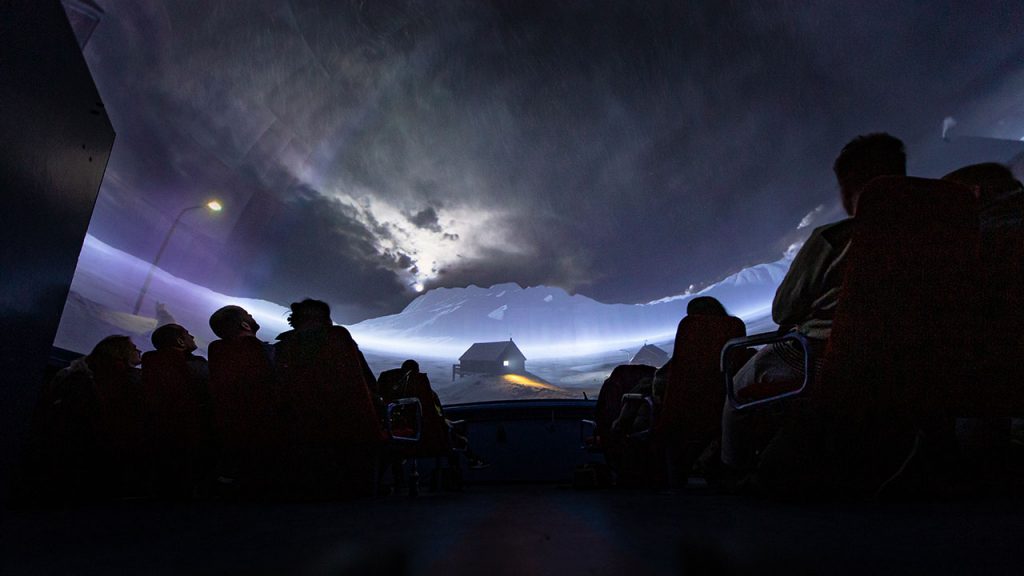
C. L. – From our point of view, competition is healthy. With few or no distributors, we can say that it is to our benefit … then worry about the state of the market. Diversion cinema can’t do everything alone: other distributors are needed. It stimulates us, obliges us to reinvent ourselves too. It’s quite difficult to have a full landscape of the industry. There are no – or few – distributors like us: at Diversion cinema we limit the number of projects we deal with. We think our distribution as craftsmen, each project is carefully prepared, to ensure them a real career. Other distributors are more “mass market”, with hundreds of contents. But we do not see other distribution actors as competitors. For instance when MK2 opened a new office for VR distribution a few years ago, it did not prevent us from existing. On the contrary, we selected their content for our events / cinema, and they purchased some of our experiences for their VR pods. It is a niche market, it is going slowlier than expected, so we need to invest to exist. The arrival of Atlas V in distribution is an excellent indicator to go further. First because their works are among the best, then it shows that the market is moving in the right direction.
C. L. – For 2020 in distribution, we hope to announce projects that we initiated in 2019. And then there is our new VR station Viktor Romeo (dedicated to 360 video), whose prototype was created in 2017: the real version was inaugurated in 2019. We have received many requests to set up these VR stations in cultural places: these are for us as many seeds that will grow, and much more than we could have anticipated. It is necessary above all to have patience in XR, but one thing is for sure, the interest for immersive contents is here, and it is growing.
M. L. – It’s encouraging to see the 360 video is still here. It has long been the little baby of VR, and still is. Venice VR 2019 has for me been decisive in terms of investment and ambition, with many 8K projects (including the HTC movies which are real movies in 360). I hope that the 360 creation will live, not necessarily detached from the rest of the immersive formats, as they feed each other. There are some great things to discover in this format!



Leave a Reply
You must be logged in to post a comment.